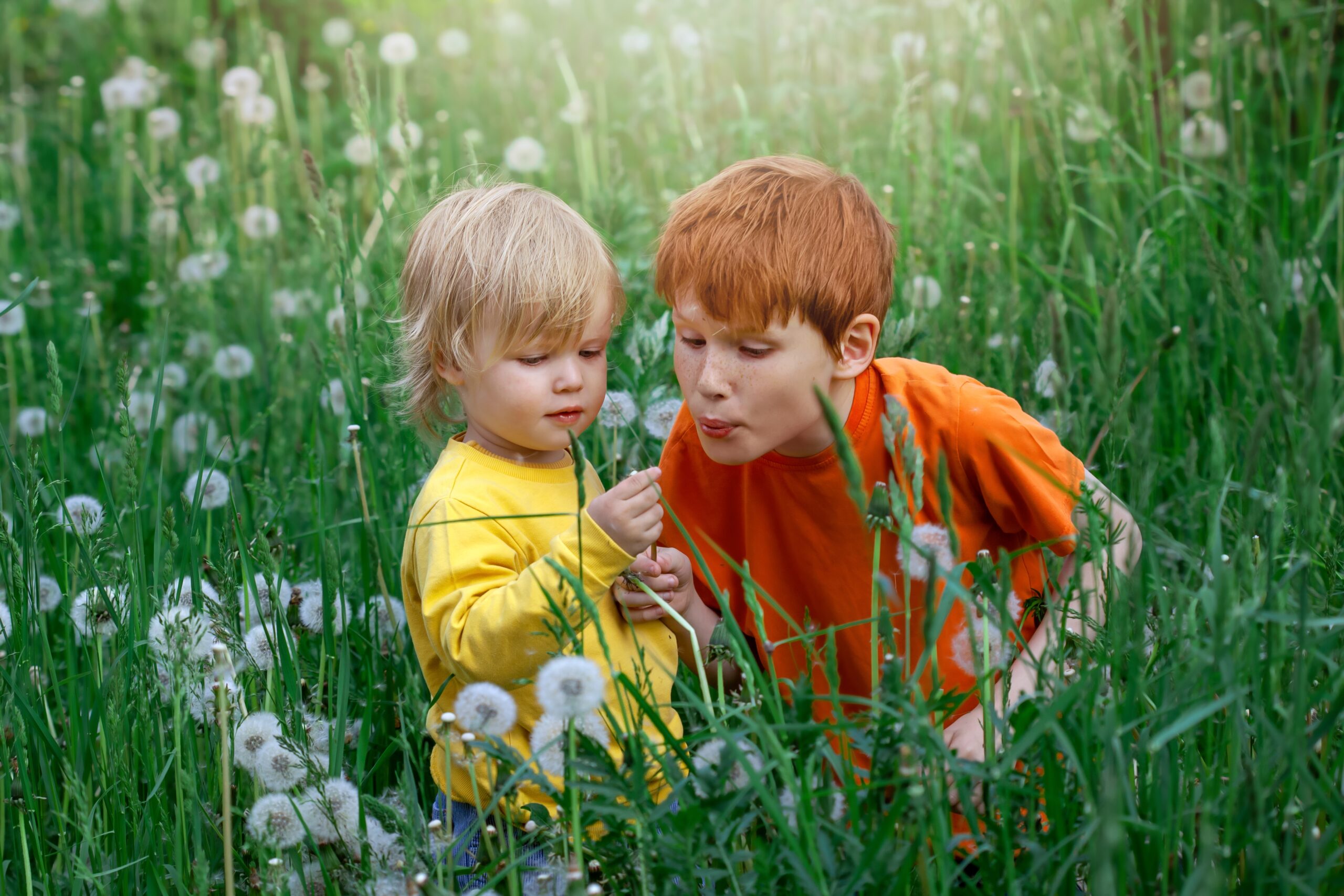What can we see? Hear? Smell? Touch?
- Bring the children outside to whatever outdoor space you have access to.
- Engage the children in exploring what living (a) animals (b) plants (c) other living elements (d) non-living elements you can See? Hear? Smell? Touch? Let them be the guides.
- Brainstorm as a class other living things that they might see on their journey to and from school (ex: oak trees, ravens, skunk, brother/sister, sunflowers, earth worm, etc.) – Explore whether or not we would see, hear, touch, or smell each individual thing first?
Review of the principles of the “Honourable Harvest”
- Bring the children outside to whatever outdoor space you have access to.
- Where does this term come from?
- Why do we follow these principles?
- Who benefits from these ideas?
- Provide examples of honourable and non-honourable harvest.
Art project: What does it mean to be alive? What does it mean to be dead? What is in between?
- Head outside
- Review living vs non living concepts discussed at Camp Kawartha and the life cycle
- Do a walking tour of your outdoor space pointing out different stages of the life cycle. It is okay if there is nothing in a certain stage (maybe if due to season, or human manipulation, explain why).
- Honourably collect materials (living and nonliving) for an art project that are in various stages of the life cycle
- If possible, stay outside (with clipboards, paper, markers, and white glue) to facilitate the creative process outside.
Weekly Observation of crystals and seeds from Camp Kawartha
- Draw what you see.
- What has changed?
- What has stayed the same?
- Extended questions as the weeks progress: What stage of the life cycle? What basic needs are being met? Not met?
- Keep the drawings/notes/observations either in individual notebooks or a class binder, at the end of the year have a timelapse gallery walk and story time.

